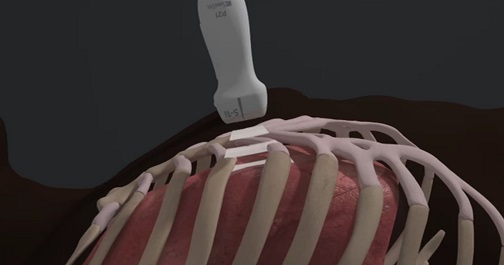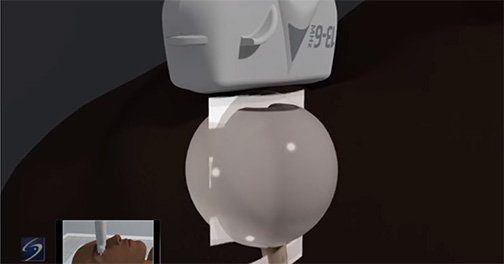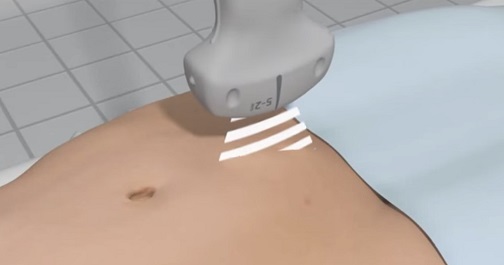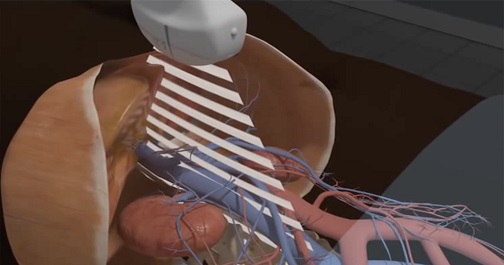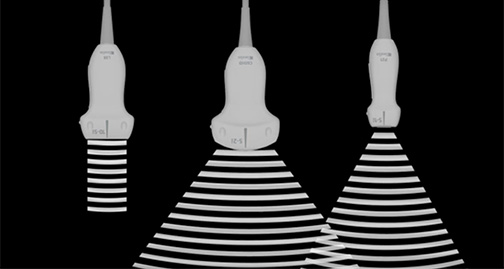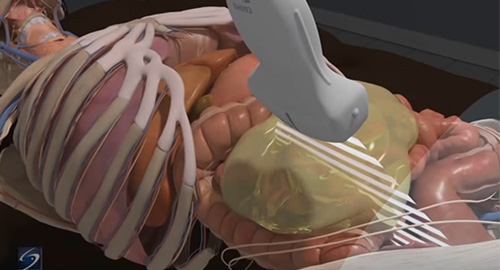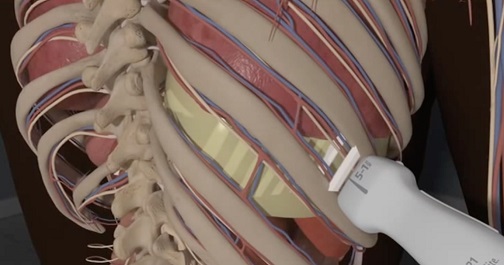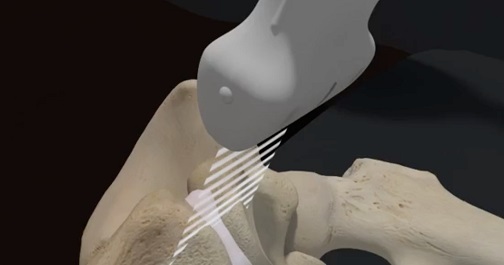
Hip
This course is designed for medical professionals utilizing point-of-care ultrasound who want to build on their hip injection skills. Learn best practices for proximal hamstring, pubic symphysis, and sacroiliac (out of plane technique) injections. Develop an understanding of which surrounding sensitive anatomy to avoid.




